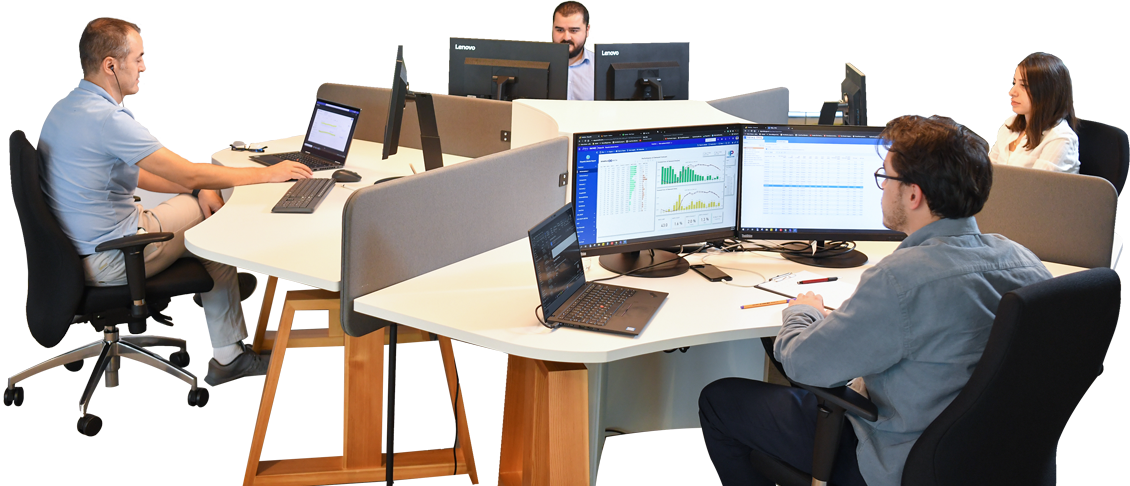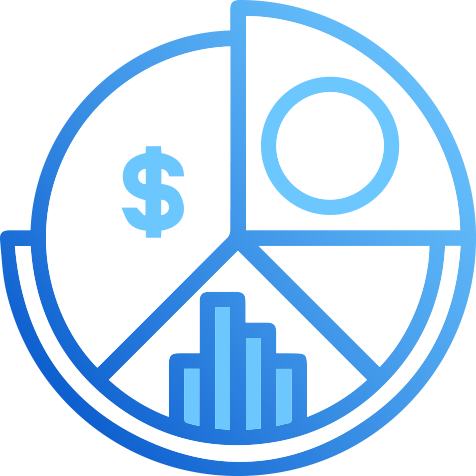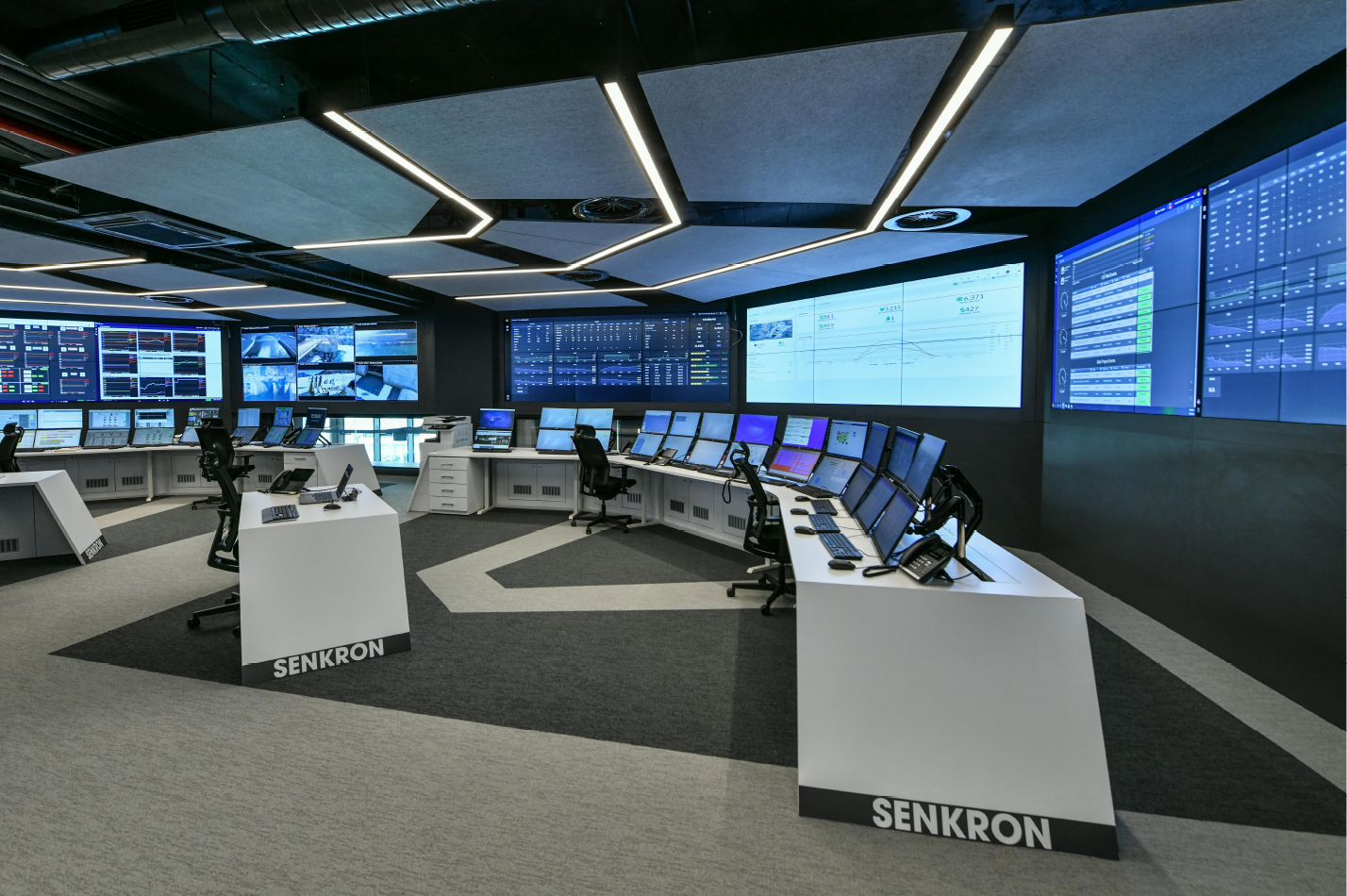FINANCIAL POWER
We transform
energy into
trust.
We immediately adapt to the changing dynamics of the markets. We provide more efficient outputs by approaching all requests from our internal and external stakeholders in a flexible, innovative, collaborative and visionary manner.

2021 Activities
After a successful transformation and capital restructuring process, we made our first dividend payment

After a successful transformation and capital restructuring process, we made our first dividend payment of TL 574,000,000.00 to our shareholders. In addition, in the last quarter of 2021, we decided to distribute a dividend of 925,232,120,00 TL. We plan to make this payment in the first half of 2022.
TL (Billion)
Total Assets
18,5
Net Sales
16,4
EBITDA
3,2
TL (Billion)
Net Profit Of The Year
1,7
Free Cash Flow
2,9
Net Debt / EBITDA
1,3
Financial Risks &
Action Plans
We use advanced risk management tools and techniques in order not to be negatively affected by exchange rate fluctuations.

We established the Asset/Liability Committee with the participation of the senior management to assess financial risks and plan actions. Our committee meets at regular intervals and
- Reviews the company’s current and prospective deposit and loan positions,
- income and expenses in different currencies,
- currency and interest risks, and
- determines the positions to be taken and the risk management actions.
Our committee also provides input for the Financial Risk Management Policy. It determines the Financial Risk Management Policy, the basic principles of financial operations, authorization and limits, approval procedures, by means of metrics and risk management practices monitored.
We use two separate models to better manage risks in cash flow and net profit/loss levels:
Cash flow model
The cash flow model anticipates all income and expenses on current deposits on a daily basis and determines the future cash flows in different currencies day by day. This way, it becomes possible to see deposit and liquidity forecasts on the model, to identify cash risks with different currency scenarios and to take action in advance. With the cash flow model, we can predict deposit movements up to a maturity of 5 years ahead.
Profit/Loss model
The Profit/Loss model, on the other hand, assesses all commercial activities, deposits and loans with thousands of statistically generated different currency and interest scenarios, and calculates the distribution of how much EBITDA and profit/loss were affected in each scenario. In this way, it becomes possible to predict the effects of exchange rate and interest rate changes on both cash flow and profit/loss. Within the different exchange rate scenarios, not only the value changes of the Turkish Lira, but also the value changes (parity) between the Euro and the US Dollar are reviewed. The parity value is followed closely, particularly due to the difference in our debt and income structures.
The high volatility in exchange rates in 2021, particularly in the last quarter of the year, has become one of the most critical risks to be managed for all energy market players, which are highly indexed to foreign currency in terms of costs, income and financing. We use advanced risk management tools and techniques in order not to be negatively affected by currency fluctuations.
Our currency risks arising from our receivables, debts and purchase guarantees in different currencies constitute a significant part of our financial risks. In addition, interest risks and tax risks arising from deposits, loans and/or term loans and receivables are also included in the scope of financial risks. In order to manage these risks more effectively, we assigned the Financial Risk Management unit under the Risk Culture department. In 2021, we created our compliance rules and implemented the corporate compliance process. We made a strong and confident start to 2022 by evaluating the cash we generated in different currencies and various financial instruments.
Digitalization & Project Management
In line with our digitalization vision, our agenda for 2021 will be compatible with new trends developing in the world. In a way, it was to accelerate the adaptation to the global/local differentiating industry dynamics.

Within the framework of the lean and agile business model that we have focused on, we continued our journey of change with the organizational changes we carried out in the CFO function in 2021. With an agile organizational structure, we aimed to focus on added value, reduce approval mechanisms and take initiative, and design and implement best practices within finance functions. By means of our new structure, we immediately adapt to the changing dynamics of the markets. We provide more efficient outputs by approaching all requests from our internal and external stakeholders in a flexible, innovative, collaborative and visionary manner.
Our agenda for 2021, which we created in line with our digitalization vision, was to accelerate the adaptation to the global/local differentiated sector dynamics in accordance with the new trends developing in the world. In line with the targets, the CFO teams worked on many macro / micro improvement / development projects. The focus of all projects was the consolidation of real-time data fed from multiple sources and making them ready for analysis with userfriendly dynamic tables, dashboards and graphics.
The following projects stood out in 2021:
- Redesigning the cash flow tracking process and enabling automation by commissioning the SAP LP (Liquidity Planner) module,
- Revision of bank accounts accounting registration process,
- Automatic recording of manually executed bank account records with webservice integration, by the virtue of the improvements made on the SAP TRM module,
- End-to-end redesign of the budget process over the IBM TM1 system, feeding it with data entry by many stakeholders with a parametric structure, and accomplishing conceptual practices in order to access the base / scenario financial statement outputs with one click.
